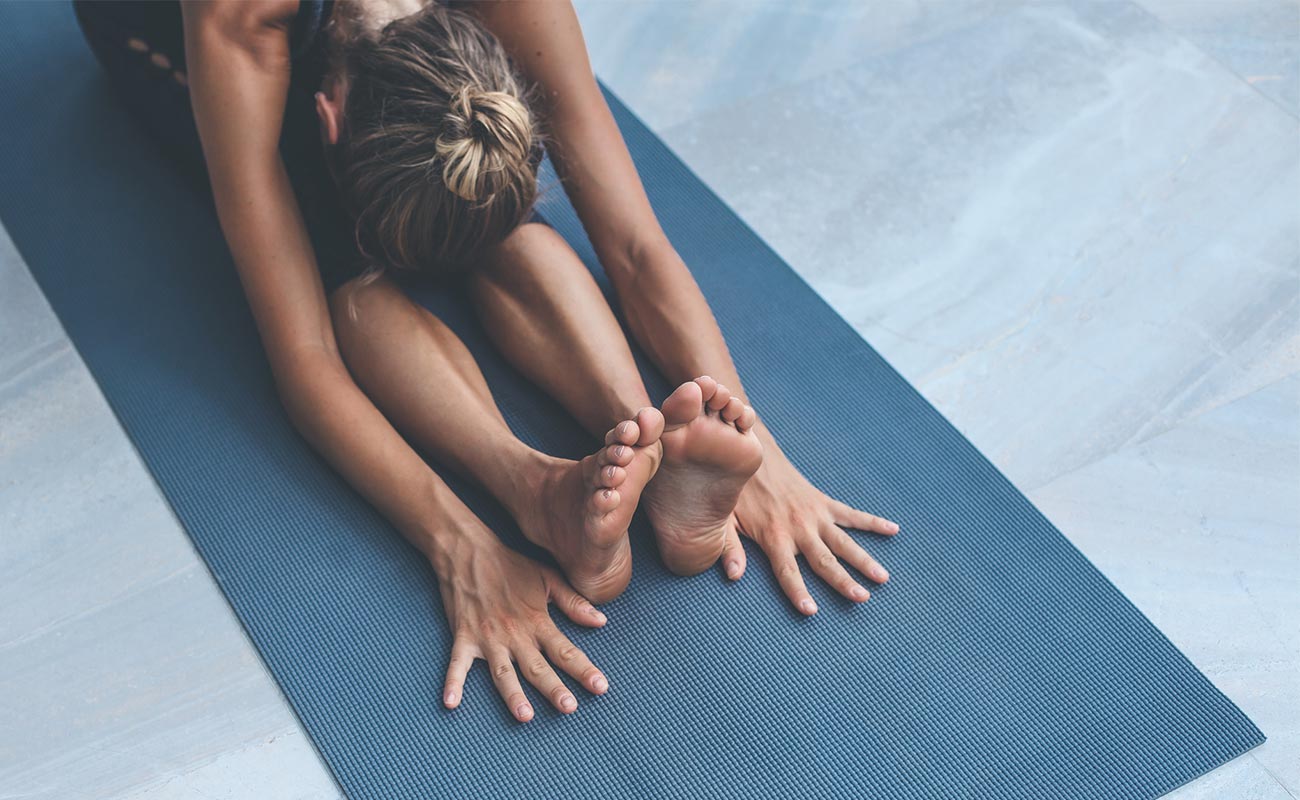Professional athletes (and their coaches) always have their eyes on the prize and are on the constant lookout for that edge or added advantage to keep them on top of the game. For most of the 20th century, getting better meant training harder. ‘No pain no gain!’ But in the last two decades, post-training recovery has increased dramatically and today’s elite athletes value their recovery rituals for optimal performance during repetitive high-level training and competition.
But how does recovery—AKA resting—help overall performance?
Athletes today know that rest and recovery allow the body time to heal, repair and strengthen itself between training. The intense training athletes go through often leads to body fatigue, depletion of muscle glycogen, dehydration, increased body temperature, and soft tissue damage. In turn, these events disrupt the physiological systems of the body, like the cardiovascular, thermoregulatory and immune systems. The main goal of athletic recovery is to restore homeostasis in these systems by replacing the fluids and fuels lost or consumed during training, restoring the body’s temperature, regulating cardiovascular function, and repairing damaged tissue. For athletes, the body must restore homeostasis before the next training session or competitive event to prevent the risk of injury and other serious risks of overtraining (more on this below).
What Are the Two Types of Workout Recovery?
Short-term or active recovery
This occurs within hours after a training session or competitive event and includes performing a low-intensity activity after training that raises the heart rate above a resting rate, such as during the cool-down phase. Examples of short-term recovery exercises are walking, jogging, swimming, elliptical etc. Short-term recovery encourages blood circulation which helps remove waste products from soft tissue that have been broken down by intense exercise. This allows the fresh blood flow to deliver nutrients that help repair and build muscles, tendons and ligaments. But it’s important to note that one should avoid performing the same repetitive movements performed during training.
As the muscles are already warmed up, this is also an ideal time to incorporate massage and stretching which have numerous benefits like increasing range of motion, reducing the risk of injury, reducing the risk of DOMS, relieving stress, and encouraging better sleep. Even better, Zeel can bring all those benefits directly to you at home!
Nutrition also plays an important role in active recovery, which means consuming the right amount of calories and macronutrients, to replenish athletes’ carbohydrate and protein stores.
Long-term recovery
These recovery periods are built into a seasonal training schedule and include the days or weeks of recovery that are planned into an annual athletic program. To recover, athletes can choose a range and combination of physical and nutritional interventions depending on their goals such as carbohydrate and protein feeding, hydro therapies, massage, cryotherapy and wearing compression garments.
Sleep is also a very important part of recovery for athletes as sleep deprivation can lead to a loss of aerobic endurance, and changes in hormone levels that can boost cortisol levels (stress hormone) and decrease HGH (human growth hormone), which is active in tissue repair. In addition, when sleep deprivation results in low energy, fatigue and poor focus, it can increase the risk of serious injury.
What Are the Risks of Skipping Post-Workout Recovery?
The body adapts to training by performing regular periods of intense but brief physiological stress or fatigue followed by longer periods of recovery. If the training is intense and/or not accompanied by sufficient recovery, athletes can experience being under-recovered, and training in this state it can lead to overreaching. Overreaching can mean muscle soreness that doesn’t go away, extreme mood swings, exhaustion, impaired immunity and a decrease in performance. Overreaching often happens after several consecutive days of intense training and can result in underperforming. Fortunately, all you need is to take time out to rest to reverse these effects.
Overtraining, on the other hand, is taking overreaching to the extreme. It often occurs when an athlete ignores the signs of overreaching in their body and continues to train. “Overtraining syndrome” affects about 30–40{6b2fa08d5993bc7e76ffaca7a3a295e96a3274ffb0576a302ceddffe26335ebd} of high-level athletes. But this method can break down the body further and only serve athletes for the worse. Full recovery from overtraining is difficult and can require weeks or even months of time off from training – which may be hard to imagine for someone whose life is their sport. The ill effects of overtraining syndrome include poor performance, persistent fatigue, cardiac issues, sleep disorders, chronic dehydration, depleted energy stores, weight loss, lower libido and psychological disturbances. Once an athlete develops overtraining syndrome, it can be a difficult effort to reverse it as they may have developed serious underperformance issues and/or mental burnout.
However, if athletes do make the effort to incorporate recovery periods into their training cycle, then this should lead to greater tolerance for intense training and positive physiological and psychological effects that support improvements in athletic performance. And equally as important is ensuring that adequate sleep, nutrition, and mental wellness are part of the athlete’s training program just as much as the physical exercises and rest plans.
